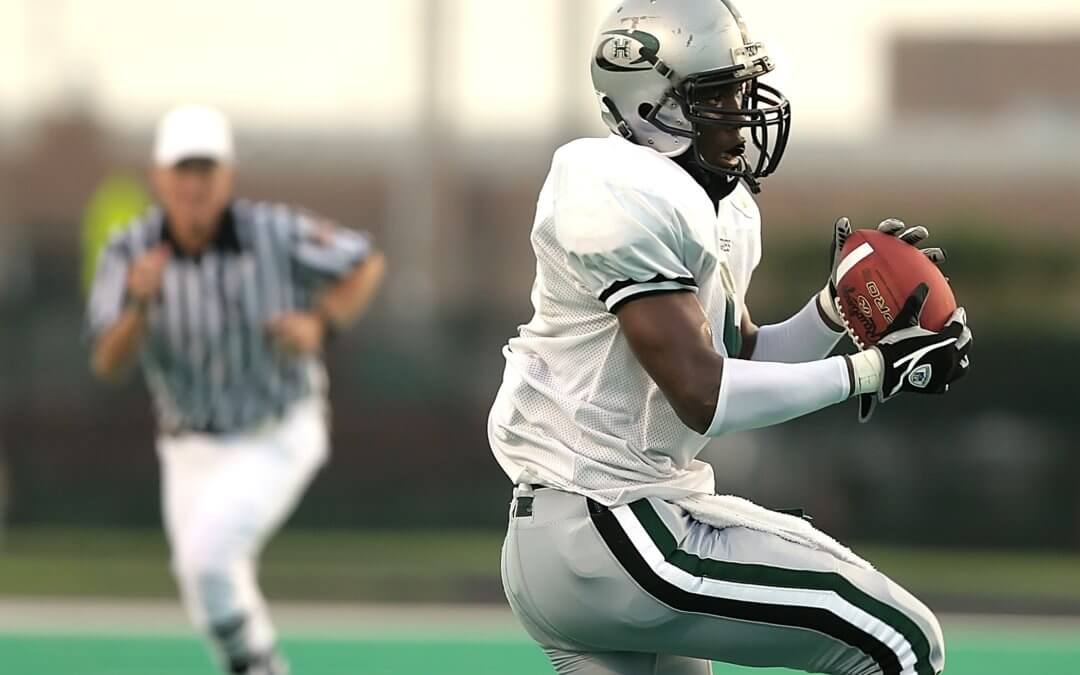By: Alyssa Kelly, ND
Physicians play an important role in concussion management and recovery. Outside of an initial emergency room evaluation, this role is often unclear to patients. The goal of this article is to explain why it is important to schedule an appointment with a primary care doctor if there are any potential signs or symptoms of a concussion.
Particularly in light of the recent spotlight on brain injuries in the NFL, most people associate concussions with athletes. Although sports-related concussions are quite serious, the populations most at risk for concussions are actually children age 0-4 years old and elderly. This is due to the risk of falls. As naturopathic physicians, one of our core values is prevention and are more than happy to set up an appointment to discuss risk reduction for falls, which could involve discussions of home safety, strength and balance training, and appropriate supervision.
Although sports-related concussions are quite serious, the populations most at risk for concussions are actually children age 0-4 years old and elderly.
The first thing to be aware of are red flag symptoms. These are symptoms that may occur in conjunction with a concussion but indicate a more severe brain injury. If any of these signs or symptoms are being experienced, a person should be seen in the emergency department immediately.
Red Flag Symptoms |
|
If no red flag symptoms are present, but a patient has any symptoms of a concussion, or even has no symptoms but experienced a direct or indirect force to the head, the next step is to schedule an appointment with a doctor who can provide a thorough concussion evaluation. In the case of athletes, a tool that is often used by trainers or coaches to evaluate the possibility of a concussion is called the SCAT-5. This document does not replace an initial physician evaluation – it only helps a trainer or sideline medical staff determine if the physician appointment is recommended. If the patient has access to this document, it is very helpful to provide to the doctor at initial evaluation in order to be able to compare symptoms and determine progress.
Concussion Symptoms |
Observable TBI Signs
Symptoms Reported by Patients
|
In our office, a physician will conduct a visit involving a thorough history of the incident that resulted in the force to the head, extensive symptom evaluation, and testing – both neurological and physical. We will determine the brain’s capabilities by challenging memory, concentration, and balance. This thorough initial evaluation is essential to provide us with objective data to compare with as the patient returns to recovery.
After this, we provide close follow-up care and utilizing the Center for Disease Control (CDC) protocols for return to activity and, in the case of athletes, return to play. We work with the patient and caregivers to customize a recovery plan that will involve rest at the beginning and follow-up to determine if the patient is in a place to move to the next stage. We are more than happy to collaborate with workplaces, schools, and coaches throughout recovery. Some examples of what this may look like are working with teachers to provide “brain breaks” for students, discussing low-stimulus working environments with employers for patients experiencing light and noise sensitivity, and communicating with coaches or trainers to ensure that everyone is on the same page regarding which types of activities an athlete is cleared for and how to recognize symptom return as they work their way through the guidelines. In cases of severe symptoms, prolonged recovery, or a history of multiple concussions, we will refer to a concussion specialist for additional management and treatment options.
We work with the patient and caregivers to customize a recovery plan that will involve rest at the beginning and follow-up to determine if the patient is in a place to move to the next stage.
Regarding youth athletes in particular, the state of Washington created the Lystedt Law in 2009 which requires a physician signature in order for an athlete to return to play. In order for us to clear an athlete for participation, they must progress through the CDC return to play guidelines under the guidance of a physician. There are five stages of these guidelines, and each stage requires 24 hours symptom-free before moving to the next one. To set expectations, there is no situation in which an athlete with a concussion may return to play in less than one week.
| CDC Return to Play Progression |
| Baseline: No Symptoms |
| Step 1: Light Aerobic Activity |
| Step 2: Moderate Activity |
| Step 3: Heavy, Non-Contact Activity |
| Step 4: Practice & Full Contact |
| Step 5: Competition |
At Naturopathic Family Medicine, Dr. Kelly and Dr. November have both undergone training via the CDC and American College of Sports Medicine to evaluate and manage concussions and their recovery, in particular cases of sports-related concussions in youth athletes. Dr. Kelly is also available for educational presentations, sideline evaluation training, as well as assisting with development of athletic team policies regarding concussion sideline evaluation and support during recovery.

